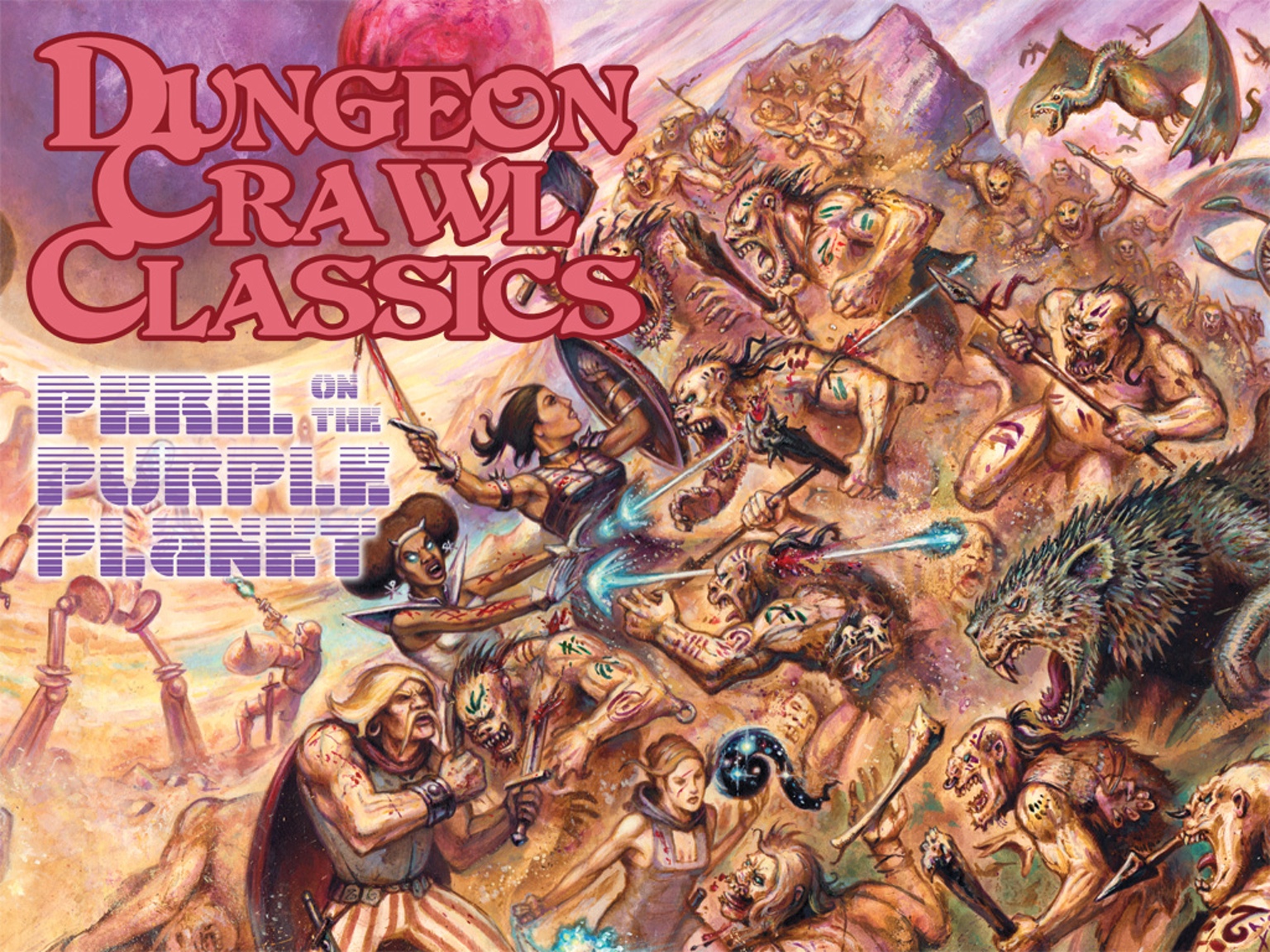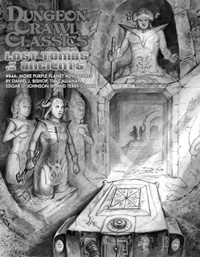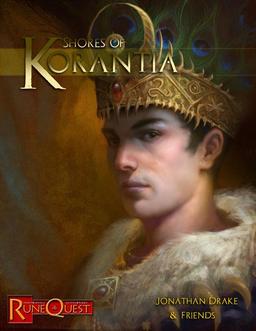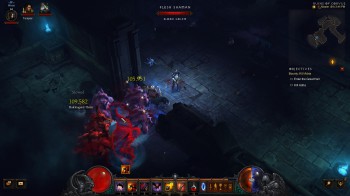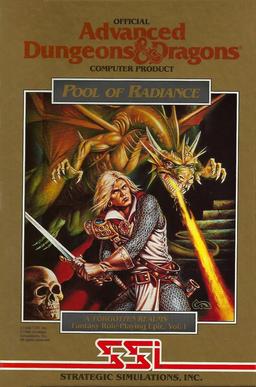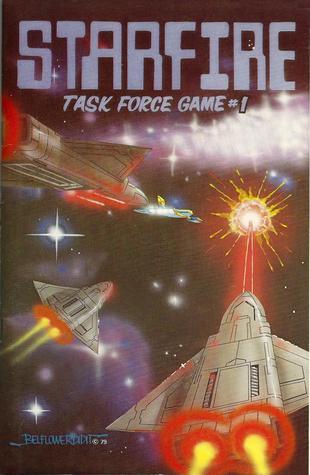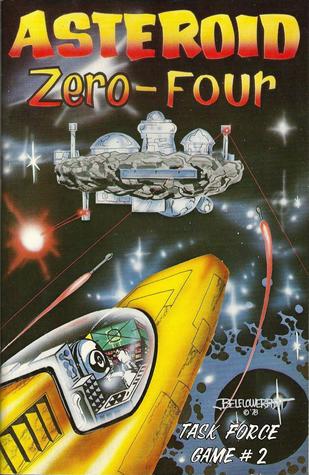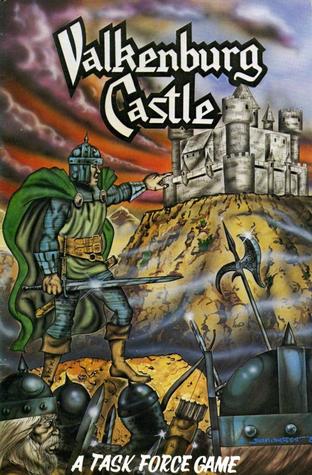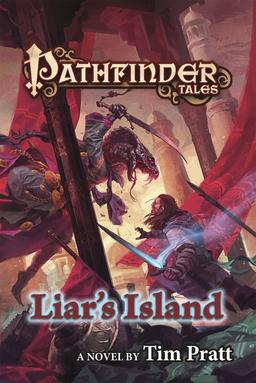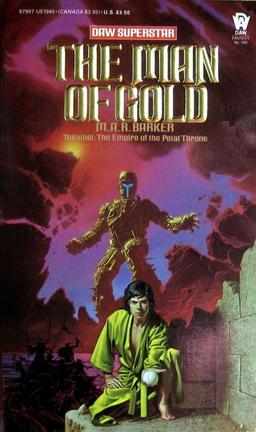Adventures in Spellcraft: Rope Trick
Calling all old-school gamers, the folks who cut their teeth on the Players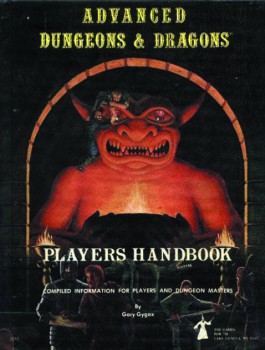 Handbook, the Monster Manual, or even those long-lost oddities like Eldritch Wizardry and Greyhawk. For those of us still standing, which I do hope is the majority, I’d like to take a quick stroll down Memory Lane.
Handbook, the Monster Manual, or even those long-lost oddities like Eldritch Wizardry and Greyhawk. For those of us still standing, which I do hope is the majority, I’d like to take a quick stroll down Memory Lane.
Don’t worry, it’s only a block or so away, just past Green Town, Illinois, and not so far from my last (highly opinionated) write-up on the ill-behaved sorcery known as Chain Lightning.
Great. Now that we’re walking, let me ask, do you remember that clever little escape hatch spell, Rope Trick? Very handy for “taking five” in the midst of a battle not otherwise going well. Very useful for getting undisturbed shut-eye while camped overnight in hostile territory. Very helpful when the goal of your particular role-playing adventure is to drive the GM bats.
The basics, for those who may not recall, is that the casting of a Rope Trick causes a length of rope to suspend itself vertically in mid-air. Anyone shinnying up the rope will disappear, arriving in a pocket of extra-planar space. The Players Handbook phrased it this way:
The upper end is in fact fastened in an extra-dimensional space, and the spell caster up to five others can climb up the rope and disappear into this place of safety where no creature can find them.
(I’m on page seventy-one, second level magic user spells, for those of you following along on the app.)
